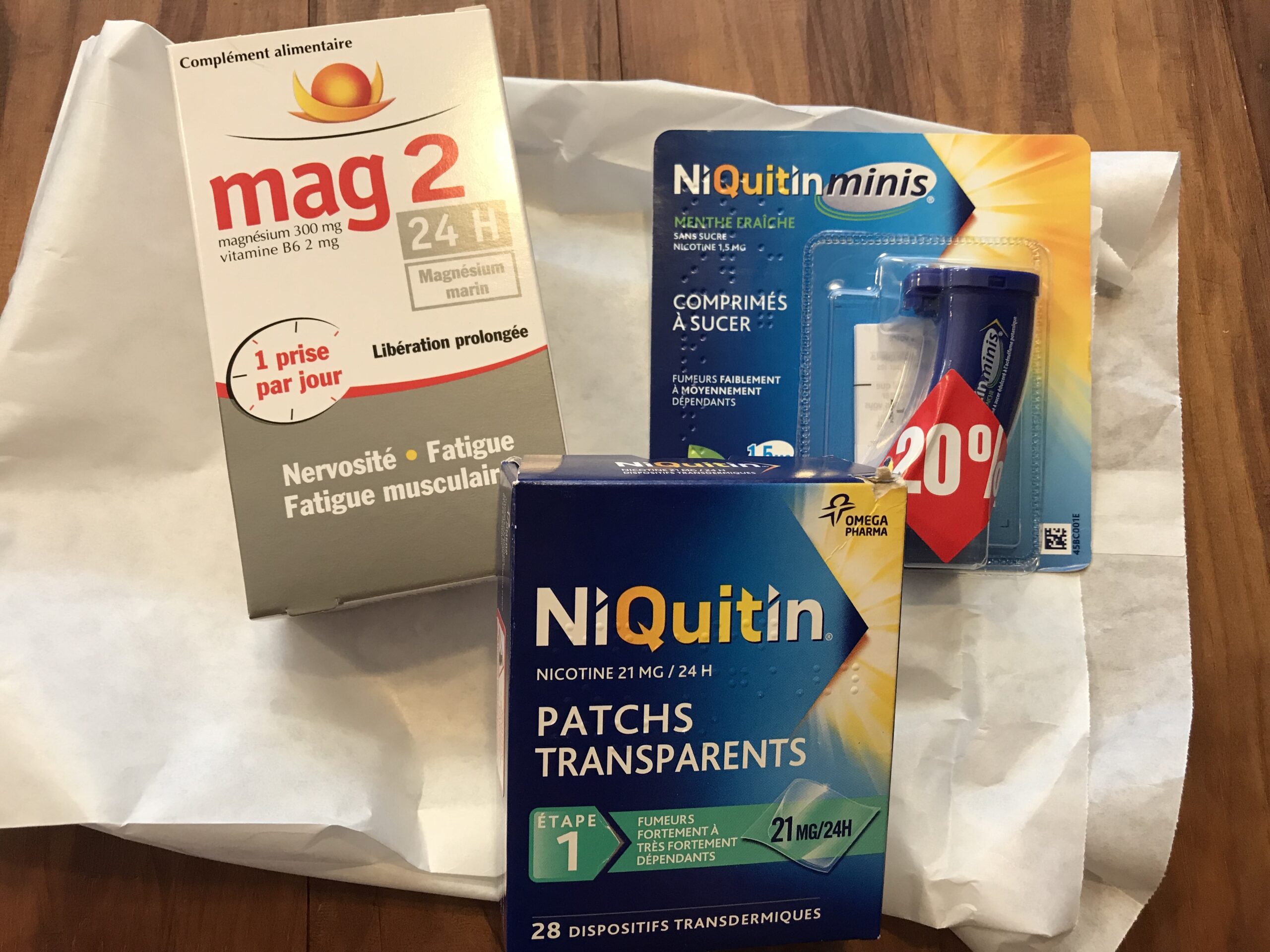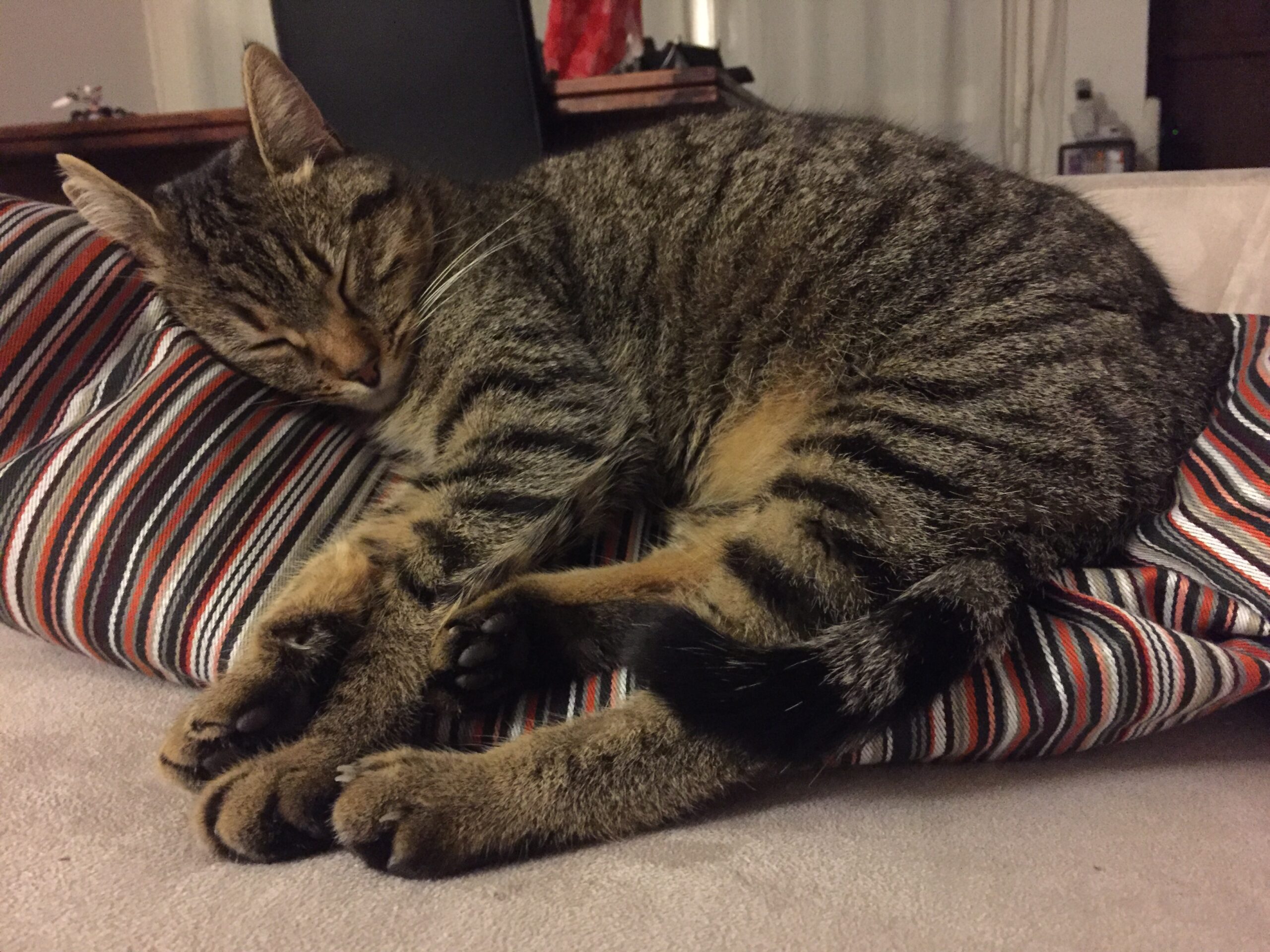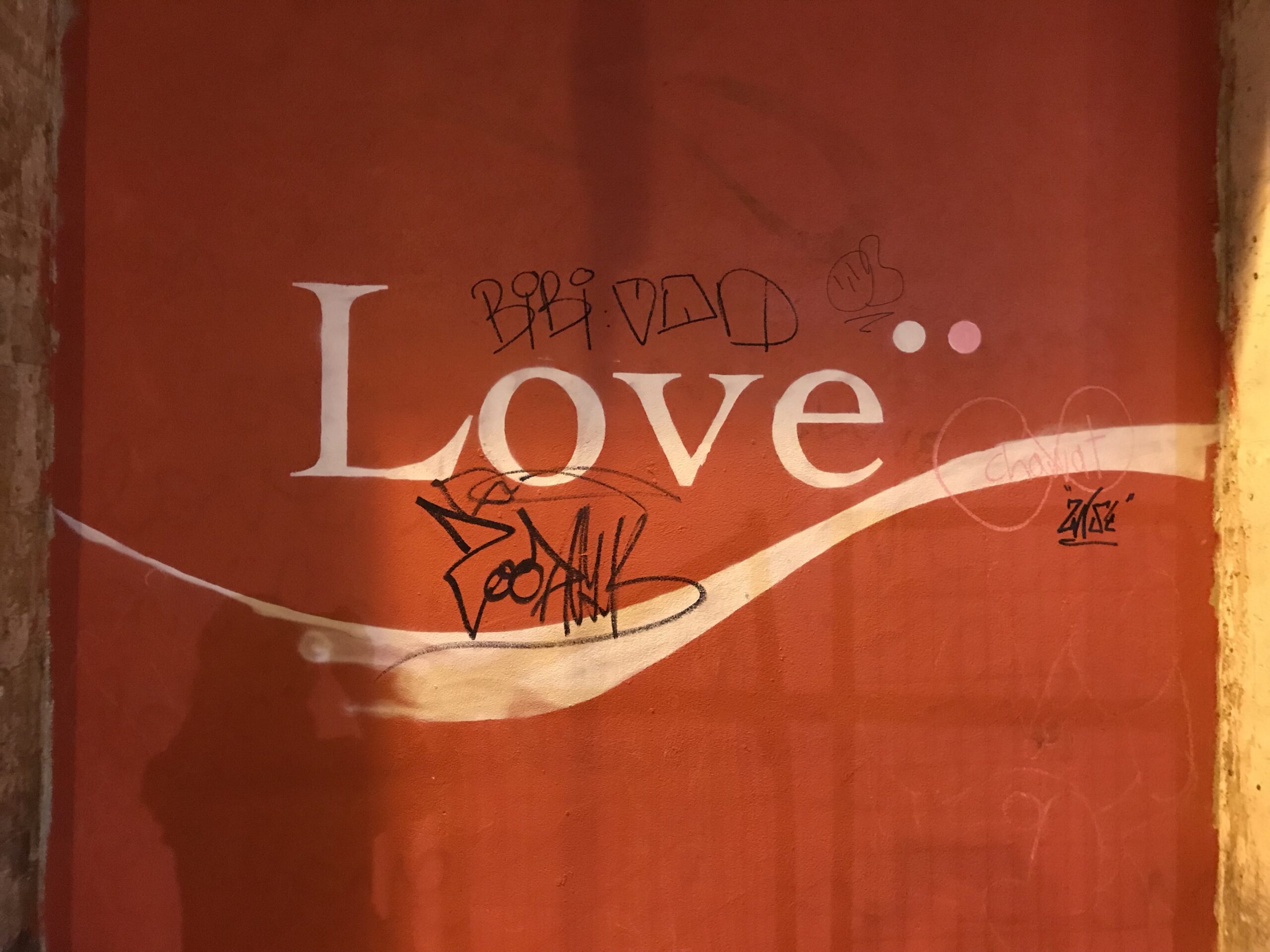I mainly physically experience anxiety in two ways, best described by the following two-word hashtags: #wringlung and #mochibruise.
I believe I get #wringlung when I’m lying down and #mochibruise in any other position.
#wringlung
wring transitive verb To twist, squeeze, or compress, especially so as to extract liquid. Often used with out. + lung noun Either of two respiratory organs in air-breathing vertebrates, occupying the chest cavity to provide oxygen to the blood while removing carbon dioxide. = #wringlung
That’s the closest description I could muster for the sensation of the air being swiftly squeezed out of my lungs.
#mochibruise
mochi noun A (delicious) Japanese rice cake made from glutinous rice. + bruise noun An injury to the flesh with a blunt or heavy instrument, or by collision with some other body; a contusion. = #mochibruise
The sensation, which happens in my stomach, is that of a soft and light mochi dropped on a bruise that suddenly aches.
How do you physically experience anxiety?
And to make things worse, my friend Guillaume recently reminded me of the photograph series he took of me thirteen years ago, where I was happier, fitter and worry-free.




 Papa a dit à demi triomphalement et à demi incrédule « Maman se soucie de moi, finalement ! » et ça m’a affectée. Et rassurée.
Papa a dit à demi triomphalement et à demi incrédule « Maman se soucie de moi, finalement ! » et ça m’a affectée. Et rassurée.